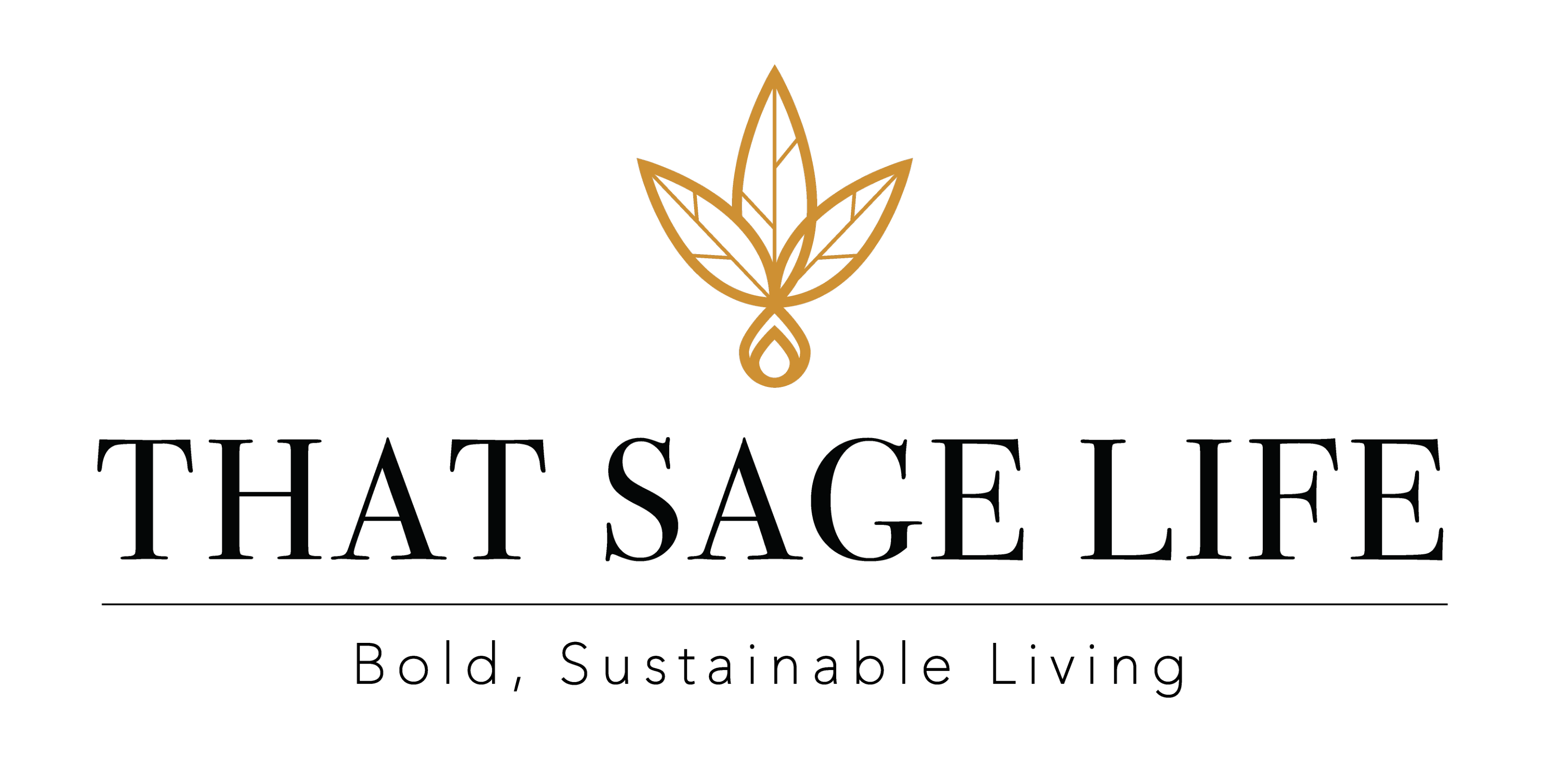“Sustainability” has become one of those words we hear everywhere — from fashion and food to farming and skincare. But beyond the buzzword, sustainability has many layers of meaning, and it looks different depending on where and how it’s applied.
At its heart, sustainability is about balance — caring for the planet and its people in ways that allow both to thrive, today and for generations to come. Let’s break down what that means in practice and how you can bring sustainability into everyday life.
🌎 1. Environmental Sustainability
This is the definition most people think of first — protecting natural resources and reducing environmental harm.
Environmental sustainability focuses on:
-
Reducing waste and pollution through recycling, composting, and mindful consumption.
-
Choosing renewable energy sources like solar or wind over fossil fuels.
-
Supporting regenerative agriculture that restores soil health and biodiversity.
-
Using natural, biodegradable materials instead of plastics and synthetics.
🌿 In daily life: Choose reusable items, buy local produce, and support brands that use sustainable ingredients and packaging. Small, consistent changes add up over time.
💛 2. Social Sustainability
Sustainability isn’t just about the planet — it’s also about people. Social sustainability focuses on creating systems that value fairness, equity, and community well-being.
It includes:
-
Ensuring safe, ethical working conditions.
-
Supporting small businesses and local makers.
-
Promoting diversity and education.
-
Encouraging community connection and wellness.
🤝 In daily life: Shop small, volunteer locally, or support companies that pay fair wages and give back to their communities.
💰 3. Economic Sustainability
For sustainability to work long-term, it has to be financially practical. Economic sustainability means building systems that support long-term growth without depleting resources or exploiting people.
It’s about:
-
Prioritizing quality over quantity — investing in items that last.
-
Supporting businesses that reinvest in their workers and communities.
-
Encouraging circular economies, where materials are reused or repurposed instead of discarded.
💡 In daily life: Choose durable goods, repair what you own, and invest in businesses that operate with long-term ethics instead of short-term profit.
🪴 4. Personal Sustainability
We can’t forget the most intimate layer — you. Personal sustainability is about maintaining your own energy, mental health, and well-being so you can continue to live and give intentionally.
This means:
-
Practicing mindfulness and rest.
-
Creating daily habits that align with your values.
-
Setting boundaries that support balance and creativity.
✨ In daily life: Take time for self-care, reconnect with nature, and simplify where you can. A sustainable life is one that nurtures you, not one that drains you.
🌿 Bringing It All Together
True sustainability is about more than eco-friendly choices — it’s about cultivating harmony between people, planet, and purpose. It’s a mindset that asks, “How can I live well today without taking away from tomorrow?”
Whether it’s through the products you buy, the food you grow, or the way you care for yourself and others, every small step toward sustainability helps build a more balanced and resilient world.
✨ Living the That Sage Life Way
At That Sage Life, our mission is guided by three pillars: Act Boldly, Live Sustainably, and Be a Sage. Every choice we make — from creating natural products to sharing mindful practices — reflects these values. Through our #BeASage program, we invite you to embrace bold action, live with intention, and make sustainable choices that nurture both yourself and the world around you. Together, we can cultivate a life that’s conscious, connected, and truly sage.

